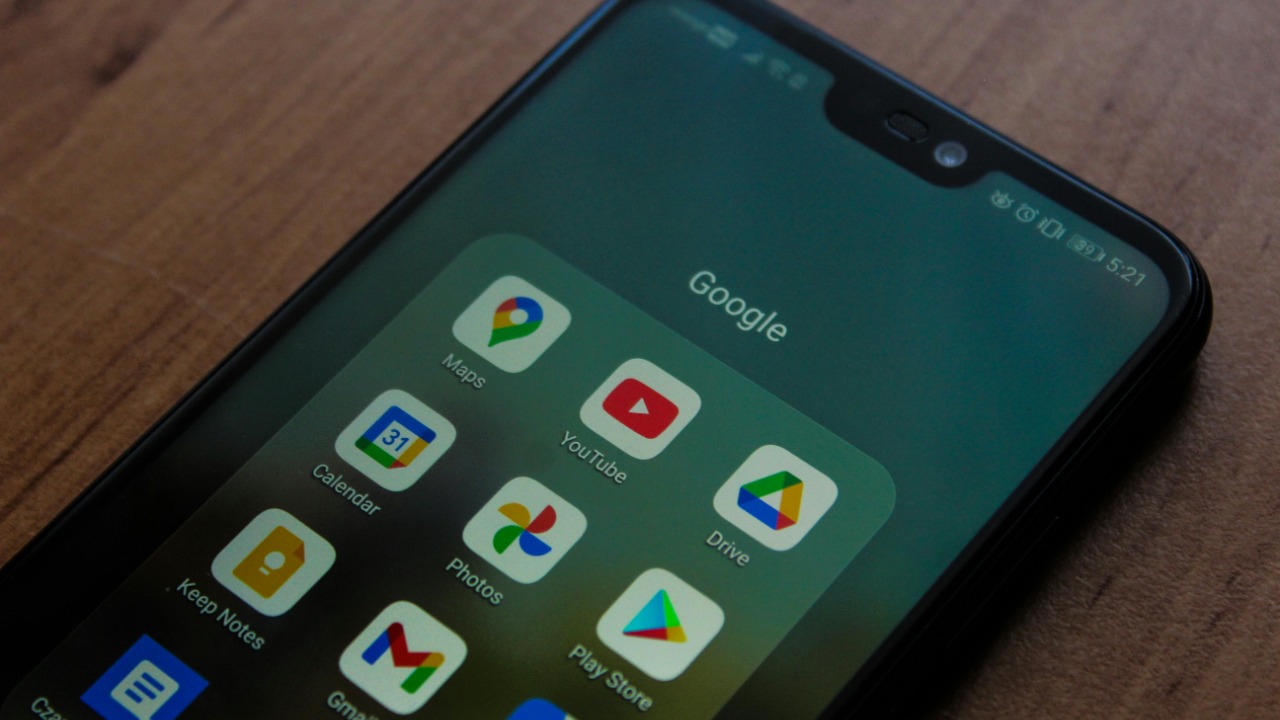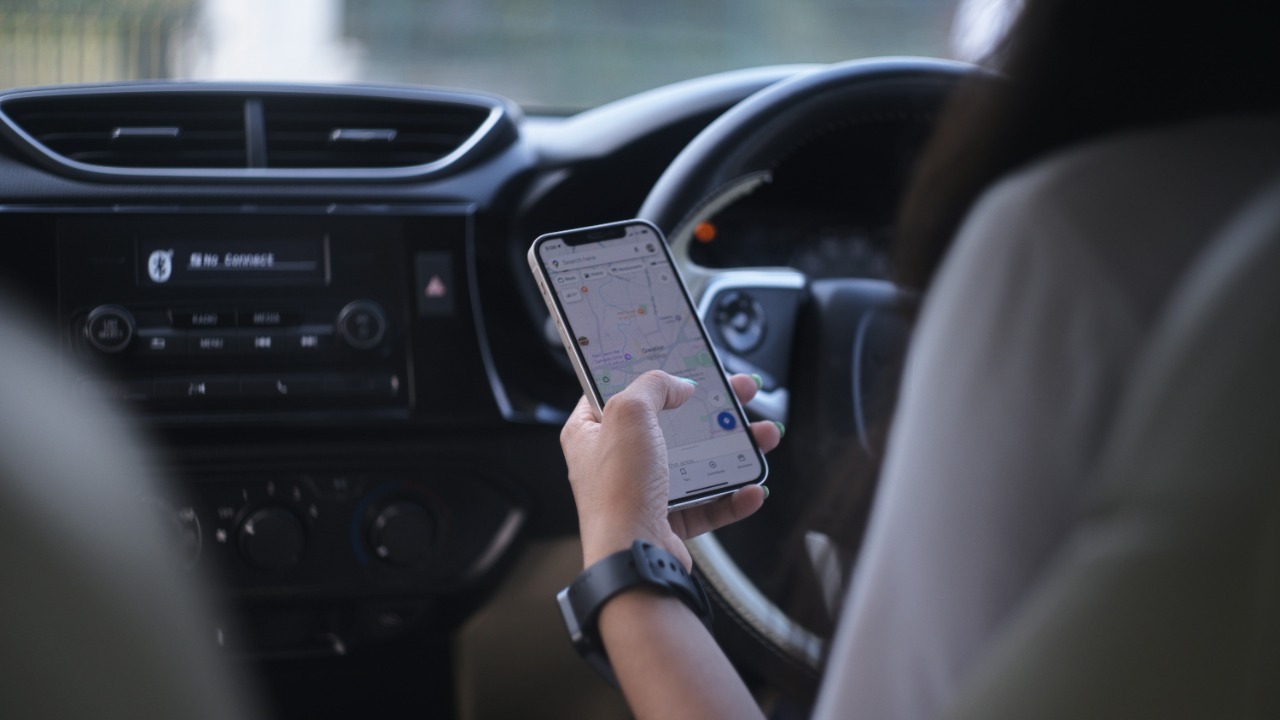
As mobile devices continue to proliferate in our daily lives, app developers are making strides to ensure a smooth user experience, regardless of internet connectivity. This growing trend has led to the emergence of offline-first apps, designed to function primarily offline and synchronize data when an internet connection is available.
Understanding Offline-first Apps

Offline-first apps are designed to function even without an internet connection. They store data locally and synchronize with online databases when the network is available. This approach provides a seamless user experience, irrespective of connectivity issues. These apps prioritize user data and interactions on the device before syncing to the cloud, thereby ensuring uninterrupted usage even in areas with poor or no network connection.
Offline-first apps have distinct advantages over their traditional online counterparts. Firstly, they provide consistent performance and usability, even in areas with intermittent or poor internet connection. Secondly, they offer faster response times, as data is stored and accessed directly from the user’s device, rather than relying on potentially slow internet connections. Apps like Evernote and Google Docs are great examples of this, with their ability to provide a seamless experience regardless of the user’s internet connectivity status.
The Technology Behind Offline-first Apps

Several technologies come together to make offline-first apps a possibility. One of these is Service Workers, a type of web worker that operates independently of the main browser thread. Service Workers can intercept network requests, cache or retrieve resources from the cache, and deliver push notifications, among other things. They are the backbone of offline-first apps, providing the ability to serve content offline.
In addition to Service Workers, the PouchDB and CouchDB databases are pivotal in facilitating offline functionality. PouchDB is a JavaScript database that syncs, while CouchDB is a database that embraces the web. Both databases enable apps to store data locally while offline, and sync it when an internet connection is available. Other technologies used in building offline-first apps include IndexedDB, Web SQL, and LocalStorage.
Challenges in Developing Offline-first Apps

Despite the numerous advantages, developing offline-first apps isn’t without challenges. One significant challenge is data synchronization and conflict resolution. Keeping the local and online databases in sync while handling potential conflicts is a complex task. This is especially true when multiple users are involved, and changes are made to the same data concurrently. Developers have to devise efficient and accurate strategies to ensure that the most recent and relevant data is available to the users at all times.
Another challenge is ensuring security and privacy when data is stored locally. With offline-first apps, sensitive user data is often stored on the device. This poses a potential risk if the device is lost or stolen. Developers need to implement robust security measures to safeguard locally stored data. Furthermore, providing a full-featured experience offline can also be challenging. Some features inherently require a live internet connection, and providing similar functionality offline can be difficult.
Real-World Examples of Offline-first Apps

Several popular apps employ an offline-first approach. Apps like Spotify, Google Maps, and Pocket allow users to download content and use it offline. This can be particularly useful for users with limited data plans or those traveling to areas with little to no internet connectivity.
One detailed case study is the development of the Google Docs app. It allows users to view, edit, and create documents offline. Any changes made are automatically synced when the device connects to the internet. This feature has proven to be immensely beneficial for users, particularly those who frequently travel or live in areas with unreliable internet connectivity.
The Future of Offline-first Apps

The development of offline-first apps is expected to continue growing in the future. With advancements in technology and a greater understanding of user needs, we can expect to see more sophisticated and efficient offline-first apps. These apps will not only provide a seamless user experience but also extend the reach of digital services to areas with limited internet access.
Offline-first apps have the potential to significantly impact regions with limited internet access. By providing essential services in an offline format, these apps can contribute to bridging the digital divide. The future may also see new innovations and advancements in this field. For instance, the use of machine learning algorithms to predict user behavior and pre-load data could further enhance the offline user experience. For in-depth insights on future trends, the Sciendo article provides an enlightening perspective.